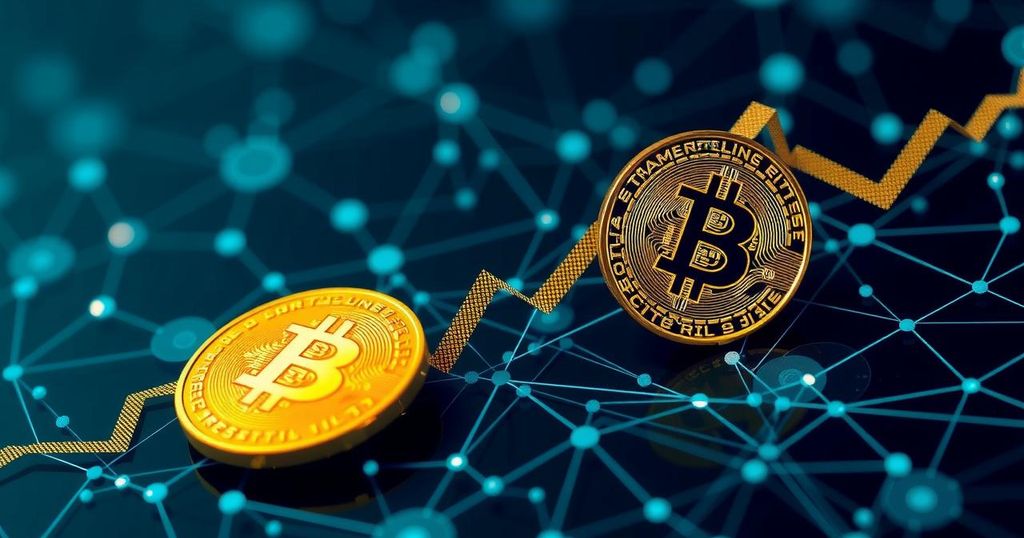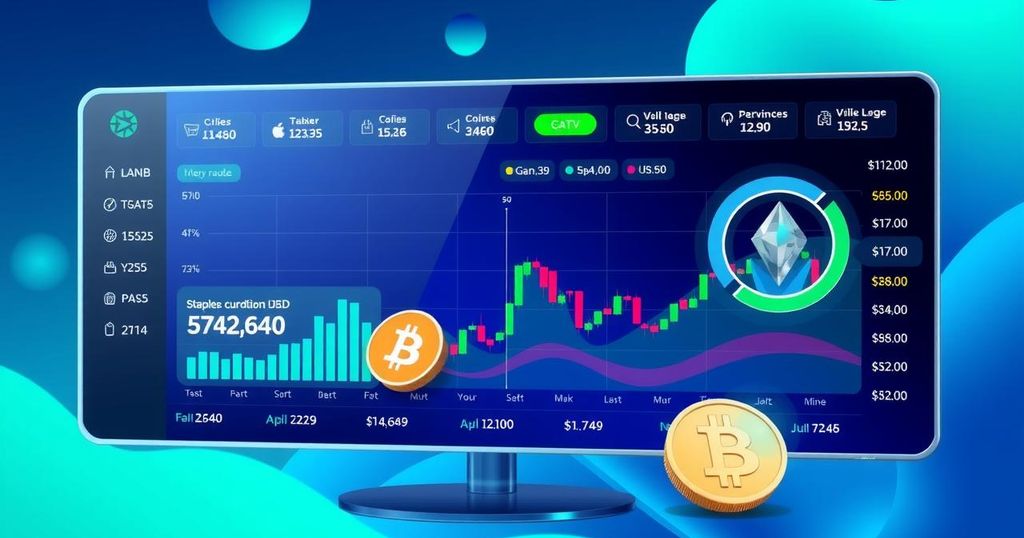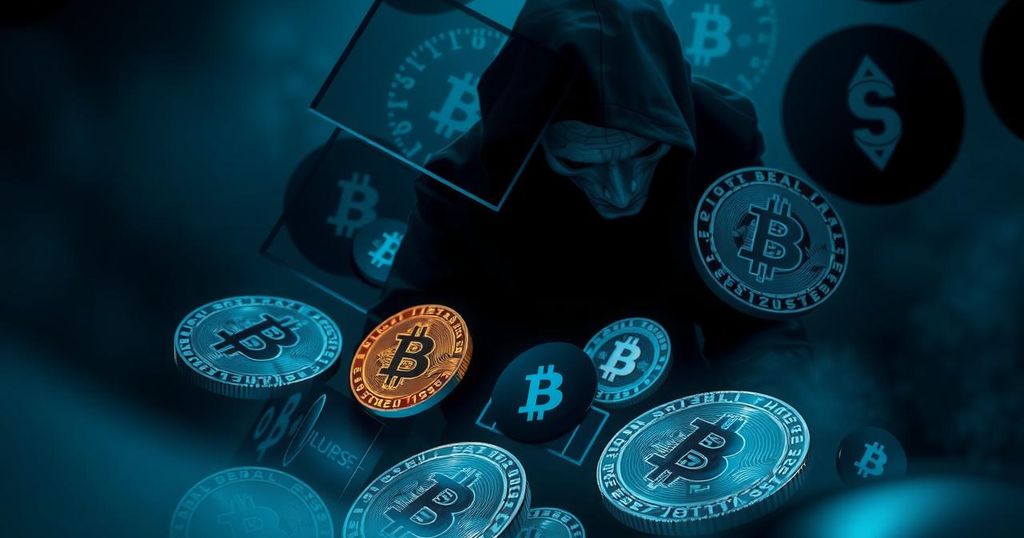Bitcoin Halving and Its Ripple Effects: Price Stabilizes, Fees Surge
Bitcoin has undergone its fourth halving, reducing rewards to 3.125 BTC, and prices have moved upward post-event. Transaction fees jumped dramatically due to the launch of a new protocol, Runes, which increases the urgency for transaction priority. Meanwhile, Grayscale introduced a competitively priced Bitcoin ETF, and a major market manipulation conviction highlights emerging regulatory pressures in the crypto space.
In a pivotal moment for Bitcoin enthusiasts, the cryptocurrency witnessed its fourth halving, reducing the mining reward to 3.125 BTC every ten minutes. Initially, this event did not incite wild fluctuations in the coin’s price; however, as the weekend passed, Bitcoin soared above $66,000. A notable consequence of this halving was a dramatic increase in transaction fees, spurred by the launch of Runes, a new protocol allowing the creation of digital tokens directly on the Bitcoin blockchain.
This surge in fees highlighted a vibrant demand for transaction inclusion in what many regarded as a historical halving block, which was mined by ViaBTC. Their payout exceeded 40 BTC when considering block subsidies and fees, far outpacing the previous average. Meanwhile, Grayscale capitalized on this activity by introducing the Bitcoin Mini Trust, boasting a meager management fee of just 0.15%, thus becoming the most competitive choice in a market crowded with high fees.
Additionally, the week carried a significant event for the crypto community: the first conviction for market manipulation, with Avraham Eisenberg found guilty in a $110 million scheme involving deceitful trading on the Mango Markets platform. This verdict came as a strong warning against fraudulent activities within the digital currency space.
Market analysts are now keenly observing the aftershocks of the halving, particularly whether fees will stabilize or lead to greater adoption of Layer 2 solutions, such as the Lightning Network. Innovations like Runes could emerge as pivotal drivers for long-term network security, demanding more block space amid rising transaction volumes. As traders eye these developments, the potential for a post-halving bullish run remains tantalizing, although some speculate that its effects may already be embedded in current prices.
Bitcoin halvings, pivotal events occurring approximately every four years, effectively halve miners’ rewards, significantly impacting supply dynamics in the cryptocurrency market. This latest halving incident stands out not only for adjusting Bitcoin’s inflation rate, but also for its immediate role in elevating network transaction fees. The introduction of new protocols like Runes adds an extra layer to Bitcoin’s ecosystem, promising both innovation and challenges as demand for transaction space surges. Historically, halvings have also been linked to bullish trends in Bitcoin’s price, creating a mixture of speculation and analysis around their repercussions in the crypto landscape.
The fourth Bitcoin halving has significantly altered the landscape of the cryptocurrency market. While transaction fees soared due to new developments like the Runes protocol, Grayscale’s new ETF offering is likely to attract more investors with its competitive fee structure. Moreover, the recent market manipulation conviction underscores the need for regulatory scrutiny as the ecosystem matures. Traders and analysts will continue to observe how these factors play out in the coming weeks, particularly concerning long-term network viability and price movements.
Original Source: www.investopedia.com




Post Comment